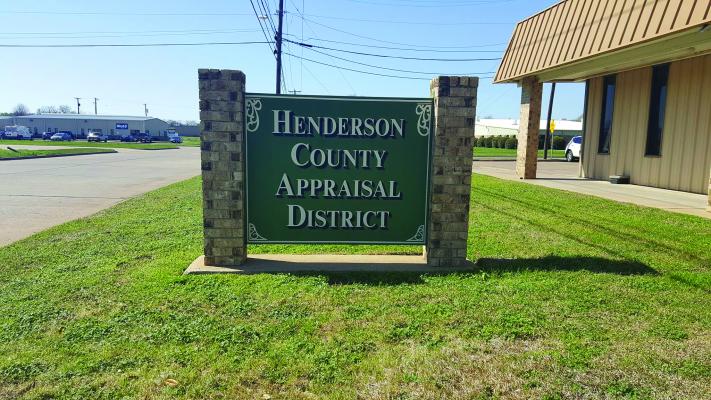State website helps monitor tax revenues
CEDAR CREEK LAKE–Property owners in Henderson and Kaufman counties should have received by now a Notice of Appraised Value from your local appraisal district.
The notice shows the value the appraisal district has set for your land and buildings as of Jan. 1. This notice is not your property tax bill, which will come later this year.
On that notice, property owners might have noticed that beginning Aug. 7, they can visit www.texas.gov/PropertyTaxes to find a link to local property tax databases. The website references the concept of “Truth in Taxation,” which the website says is embodied in the Texas Constitution and requires local taxing units to make taxpayers aware of tax rate proposals and to afford taxpayers the opportunity to limit or approve tax increases.
The databases will be updated regularly during August and September as local elected officials propose and adopt property tax rates, which will determine how much you pay.
Also around Aug. 7, the chief appraiser of each appraisal district is mandated by state law to deliver by regular mail or email a notice that the estimated amount of taxes to be imposed on the owner’s property by each taxing unit in which the property is located may be found in the online property tax database.
At the online database, taxpayers also can see how the changes between the no-new-revenue rate and proposed tax rates would affect the amount of taxes they would have to pay.
A no-new-revenue (NNR) tax rate is the rate the taxing unit needs to generate about the same amount of revenue they received in the previous year if the rate was applied to the same amount of properties in both years. If property values rise, the NNR tax rate will go down and vice versa. The database also shows the voter-approval tax rate, which is the rate at which taxing units need to get voter approval before exceeding.
The website, which was set up under 2019 state law, reminds taxpayers that Texas has no state property tax and that local governments set tax rates and collect property taxes. The Texas Legislature does not set the tax amount of your local taxes nor does your local appraisal district, the website states.
Like other Texas property-taxing entities, school districts rely on the district’s taxable property values to calculate school tax rates. School tax rates are split into two parts: maintenance and operations (M&O) and interest and sinking (I&S), the latter of which is generally used to pay bond debt. The maximum M&O tax rate for any Texas school district in tax year 2022 will be $1.0641, according to the Texas Education Agency.
The Texas Association of School Boards explains the timeline for schools to set tax rates based on property valuations. By July 25, the chief appraiser of the appraisal district must prepare and certify to the district’s tax assessor the appraisal roll of the district’s taxable property value. If the appraisal review board has not approved the appraisal records by July 20, the chief appraiser must prepare and certify to the tax assessor an estimate of the district’s taxable property value by July 25.
On receipt, the assessor determines the total appraised value, total assessed value and total taxable value of property in the district and submits the appraisal roll to the school board about Aug. 1.




